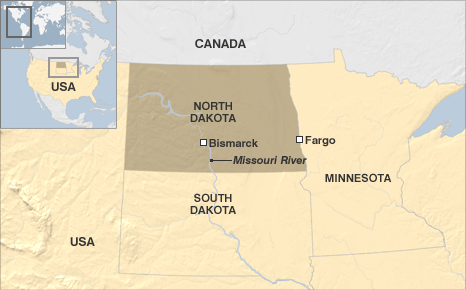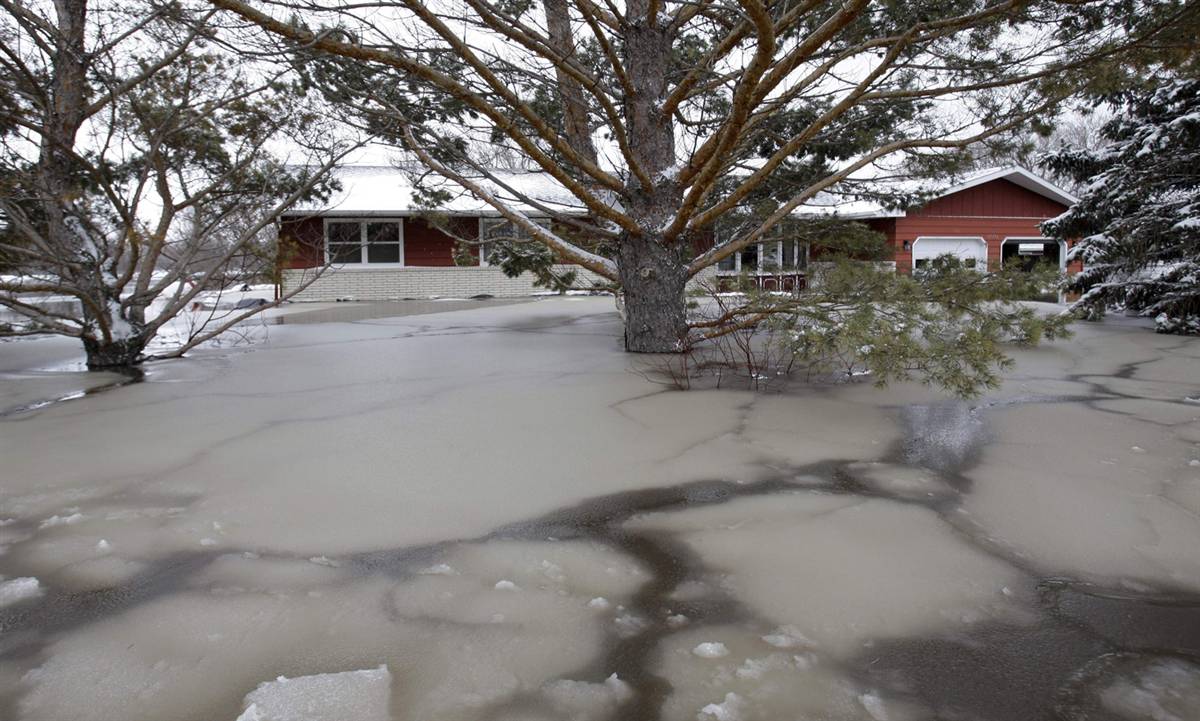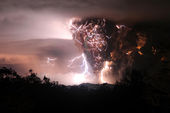For more than half a century the eminent physicist Freeman Dyson has quietly resided in Princeton, N.J., on the wooded former farmland that is home to his employer, the Institute for Advanced Study, this country's most rarefied community of scholars. Lately, however, since coming "out of the closet as far as global warming is concerned," as Dyson sometimes puts it, there has been noise all around him. Chat rooms, Web threads, editors' letter boxes and Dyson's own e-mail queue resonate with a thermal current of invective in which Dyson has discovered himself variously described as "a pompous twit," "a blowhard," "a cesspool of misinformation," "an old coot riding into the sunset" and, perhaps inevitably, "a mad scientist." Dyson had proposed that whatever inflammations the climate was experiencing might be a good thing because carbon dioxide helps plants of all kinds grow. Then he added the caveat that if CO2 levels soared too high, they could be soothed by the mass cultivation of specially bred "carbon-eating trees," whereupon the University of Chicago law professor Eric Posner looked through the thick grove of honorary degrees Dyson has been awarded - there are 21 from universities like Georgetown, Princeton and Oxford - and suggested that "perhaps trees can also be designed so that they can give directions to lost hikers." Dyson's son, George, a technology historian, says his father's views have cooled friendships, while many others have concluded that time has cost Dyson something else. There is the suspicion that, at age 85, a great scientist of the 20th century is no longer just far out, he is far gone - out of his beautiful mind.
Q.-B. Lu
IceCapWed, 25 Mar 2009 04:13 UTC
This Letter reports reliable satellite data in the period of 1980 - 2007 covering two full 11-yr cosmic ray (CR) cycles, clearly showing the correlation between CRs and ozone depletion, especially the polar ozone loss (hole) over Antarctica. The results provide strong evidence of the physical mechanism that the CRdriven electron-induced reaction of halogenated molecules plays the dominant role in causing the ozone hole. Moreover, this mechanism predicts one of the severest ozone losses in 2008-2009 (ended up among the largest) and probably another large hole around 2019-2020.
There is interest in studying the effects of galactic cosmic rays (CRs) on Earth's climate and environment, particularly on global cloud cover in low atmosphere (3 km) [1 - 5] and ozone depletion in the stratosphere [6 - 16]. The former has led to a different scenario for global warming, while the latter has provided an unrecognized mechanism for the formation of the O3 hole. The discovery of the CR-cloud correlation by Svensmark and Friis-Christensen has motivated the experiments to investigate the physical mechanism for the correlation. In contrast, the CR-driven electron reaction mechanism for
O3 depletion was first unexpectedly revealed from laboratory measurements by Lu and Madey. Then the evidence of the correlation between CRs, chlorofluorocarbon (CFC) dissociation, and O3 loss was found from satellite data by Lu and Sanche: the O3 hole is exactly located in the polar stratosphere and at the altitude of 18 km where the CR ionization shows a maximum.
Abstract: Pub ID: UNE2069052
At first glance, a research piece predicting significantly colder weather seems rather bold. In reality, we're very confident about this report. That's because we are not so much predicting colder weather, but are instead observing it. More important, we're attempting to coax our readers to view recent weather data and trends with a neutral perspective - unbiased by the constant barrage of misinformation about global warming. We assure you, based on the accuracy of climatologists' long-term (and short-term!) forecasts, you would not even hire them!
For example, in 1923 a Chicago Tribune headline proclaimed: "Scientist says arctic ice will wipe out Canada." By 1952, the New York Times declared "Melting glaciers are the trump card of global warming." In 1974, Time Magazine ran a feature article predicting "Another Ice Age," echoed in a Newsweek article the following year. Clearly, the recent history of climate prediction inspires little confidence - despite its shrillness. Why, then, accept the global warming thesis at face value? Merely because it is so pervasive?
Comment: What is interesting about this report is that it comes from big business. If you want to pay $1295.00 you can download a copy and read it. I guess big business is telling James Hansen and the rest of the Gore-Landers that they are a bunch of liars. Rather than jumping on the Global Warming is going to get us gravy train, these guys are going directly against that money making scheme.
Here is what the source company says about
itself:
Unit Economics, LLC
Unit Economics is a Boston-based independent research firm providing large corporations and institutional investors with insightful research on macro themes. Our focus is on themes that are expected to significantly impact our clients' revenues, cost structures, customers and daily business operations. Recent examples include grain markets, natural gas and global cooling trends. We believe that producing cutting-edge research is no accident - it comes only with experience, a commitment to excellence and hard work.
North Dakota has been declared a federal disaster area by US President Barack Obama because of record spring flooding across the mid-Western state.
Floodwaters from the Red River, which is expected to peak later this week, have closed roads and bridges. (
Video)
National guardsmen and volunteers are reinforcing flood defences.

© BBCAreas affected by flooding
The rising waters are also affecting the neighbouring state of Minnesota which, like North Dakota, borders the Red River on its route towards Canada.
MSNBCThu, 26 Mar 2009 02:44 UTC

© Carolyn Kaster / Associated PressThe Red River carries snow and ice as it rises and floods home on March 25
Bismarck - Demolition crews blasted chunks of ice near a huge ice jam in the Missouri River on Wednesday in a bid to open a channel, like pulling out a giant plug to drain a flood threatening the city. "We are cautiously optimistic," Bismarck Mayor John Warford said after explosives detonated on about 500 feet of ice just south of the jam. He said officials would have a better assessment Wednesday night but that water appeared to be moving.
Water backing up behind the dam of car-size ice blocks already had forced the evacuation of about 1,700 people from low-lying areas in North Dakota's capital.
Meanwhile, on the eastern side of the state, volunteers continued stacking sandbags to protect Fargo amid new concern over the rising Red River. After days of predicting a crest ranging from 39 to 41 feet, the National Weather Service settled on the higher number.
A strong 6.0-magnitude earthquake struck Papua New Guinea on Wednesday morning, the US Geological Survey said, but there were no immediate reports of damage or casualties on the ground.
The quake hit at 9:28 am (2328 GMT Tuesday) with an epicentre 117 kilometres (73 miles) south-southwest of Rabaul, which sits at the northern tip of the island of New Britain, at a depth of 47 kilometres, the USGS said.
Residents of Rabaul felt the tremor but there were no reports of damage, according to PNG's earthquake authority.
The CEPEC believes that there is a 1% to 5% chance of a large earthquake (magnitude 7.0 or greater) on the San Andreas Fault over the next few days.
The California Emergency Management Agency (Cal EMA) issued a warning to operational Red Cross areas throughout the state yesterday after a 4.8 magnitude earthquake that occurred three miles south of Bombay Beach, Imperial County at 4:55 am. Although there were no damages or injuries reported as a result of this event, The U.S. Geological Survey has been tracking an "unusual sequence" of over 50 aftershocks, that have been clustered about 1 to 3 kilometers southwest of a projected extension of the San Andreas Fault, in the Salton Sea area. The majority of the magnitudes have been less than 2.5, although ABC has reported magnitudes as high as 3.5. Cal EMA recommended to the Red Cross that operational areas reach out to raise awareness of the events, and "ensure the readiness of systems essential to emergency operations".

© REUTERS/Steve Richards/Conservation International/Handout A Litoria frog, which uses a loud ringing song to call for a mate, was discovered in a rainforest during a Conservation International (CI) led Rapid Assessment Program (RAP) expedition of Papua New Guinea's highlands wilderness in 2008 is pictured in this undated handout photo.
Jumping spiders, a striped gecko and a chirping frog are among more than 50 new species discovered in Papua-New Guinea, the environmental group Conservation International reported on Tuesday.
The creatures were found during an expedition in July and August in Papua-New Guinea's highlands wilderness, the group said in a statement.
A total of 50 spider species, two plants, three frogs and one gecko found on the expedition are believed to be new to science.
The three frogs include a tiny brown frog with a sharp chirping call, a bright green tree frog with big eyes and a torrent-dwelling frog that has a loud ringing call.

© UPI/LandovIn 2008, the Mount Chaiten eruption in southern Chile showed what appeared to be a volcanic plume wrapped in a sheath of lightning.
A 200-year-old report by a sea captain and a stunning photograph of the 2008 eruption of Mount Chaiten are helping scientists at the University of Illinois better understand strong volcanic plumes.
in a paper to appear in the March 26 issue of the journal
Nature, the scientists show that the spontaneous formation of a "volcanic mesocyclone" - a cyclonically rotating columnar vortex - causes the volcanic plume to rotate about its axis. The rotation, in turn, triggers a sheath of lightning and creates waterspouts or dust devils. The origins of these volcanic phenomena were previously unexplained.
"Rotation is an essential element of a strong volcanic plume," said Pinaki Chakraborty, a postdoctoral researcher and the paper's lead author. "By taking into account the rotation, we can better predict the effects of volcanic eruptions."

© Brian HammondFancy a dip? ... the monster croc is believed to be at least 4.5m long.
A monster croc believed to be at least 4.5m long has been spotted lurking near a walkway at a popular Northern Territory tourist reserve.
Brian Hannond, 66, managed to photograph the beast at Fogg Dam Conservation Reserve - about 70km southeast of Darwin, reports the
Northern Territory News.
Mr Hannond, of Stuart Park, said the saltie was sitting only two metres from where he stopped his car.
"I've never ever seen a croc that size out of the water," he said.
"I didn't get out of the car. But to sit there that close you know why you wouldn't have a chance in the world against him. It's the ultimate killing machine.
"He would be the king of the swamp out there."



Comment: What is interesting about this report is that it comes from big business. If you want to pay $1295.00 you can download a copy and read it. I guess big business is telling James Hansen and the rest of the Gore-Landers that they are a bunch of liars. Rather than jumping on the Global Warming is going to get us gravy train, these guys are going directly against that money making scheme.
Here is what the source company says about itself: